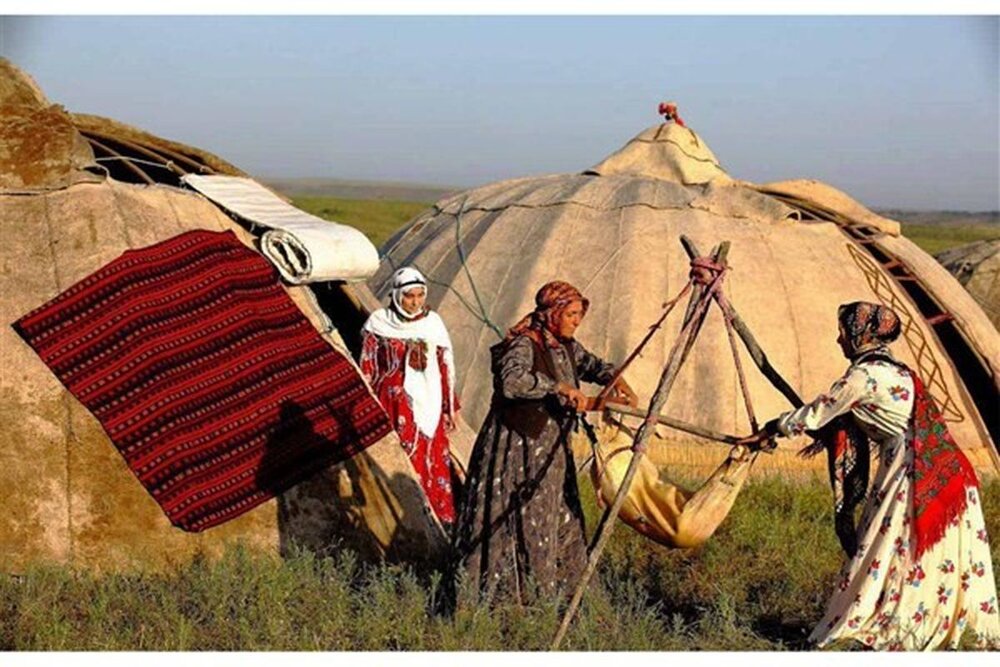Tribal tourism still untapped potential in Fars

TEHRAN – The southern province of Fars holds considerable potential to become a tribal tourism hub of the country, an expert has said.
Because of its ethnic diversity, geographical dispersion and large population of ethnic groups, Fars has favorable conditions for the development of tribal tourism, IRNA quoted Mehran Namdari as saying on Sunday.
There are a significant number of nomads in Fars province, and their lifestyle and way of life are particularly appealing due to their presence in nature, he added.
Besides being independent in the production of products and facilities needed for their everyday lives, nomads also enjoy beautiful and diverse artistic and handicraft products in a wide range of fields, he mentioned.
However, to boost this branch of tourism, infrastructure needs to be developed and improved, he explained.
The simplicity of nomadic life, the clean climate and pristine nature of nomadic areas, the possibility of playing local games, and the variety of food products and handicrafts of nomads are among the main tourist attractions in this region, he noted.
Developing tribal tourism could contribute to income generation for the nomads and locals, he said.
Tribe tourism, also known as ethno-tourism or ethnic tourism, provides the ground for potential sightseers to feel like indigenous people by living with a nomad or rural family or enjoying an independent stay. However, as the name implies, it’s a trip for recreational purposes rather than an expedition for anthropological research.
Experts say this branch of tourism has gained a lot of support and attention in the country over the past couple of years. Many tour operators believe that tribal regions could be deemed as the legacy of human authenticity in their novel cultural and human aspects.
Iran has a culturally diverse society dominated by a wide range of interethnic relations. Native speakers of Persian (Farsi language) are considered as the predominant ethnic generally of mixed ancestry, and the country has important Turkic, Kurd, and Arab elements in addition to the Lurs, Baloch, Bakhtiari, and other smaller minorities such as Armenians, Assyrians, and Jews. Persians, Kurds, and speakers of other Indo-European languages in Iran are descendants of the Aryan tribes who began migrating from Central Asia into what is now Iran in the second millennium BC.
Accompanying nomads during their migration, even for a day or two, maybe a lifetime experience. As a traveler, one has the chance to visit, live, eat, and sleep in a nomadic camp with a real nomadic family. Colorful dresses, vast black tents, colored-eyed children with rosy cheeks, a modest lifestyle, scenic landscape, and local dishes are probably among the delights of such visits.
Language, music, indigenous cuisine, clothing, songs, anecdotes, crafts, live performances, and local rituals such as celebrations and wedding ceremonies have always spurred many to experience life among the tribes.
Many nomads surprise visitors with dignity in their rough and overworked hands and integrity in their compassionate eyes at first sight. In popular Iranian culture, literature, and public opinion, nomads have always been a proud part of the nation.
ABU/AM
Leave a Comment